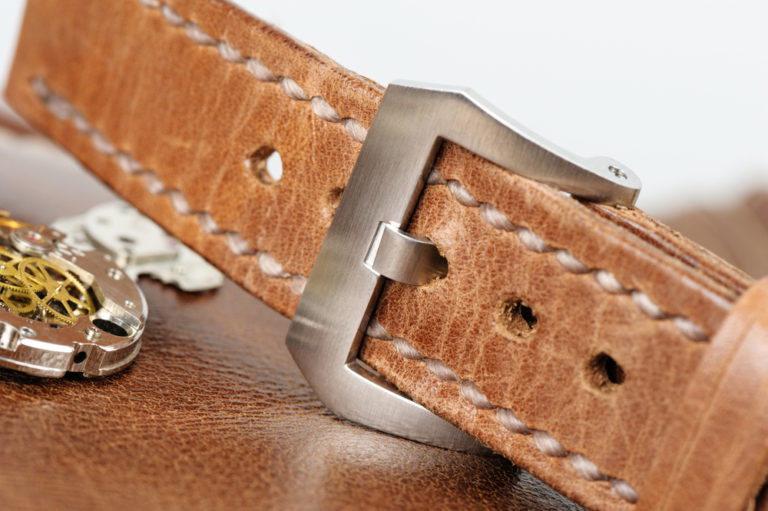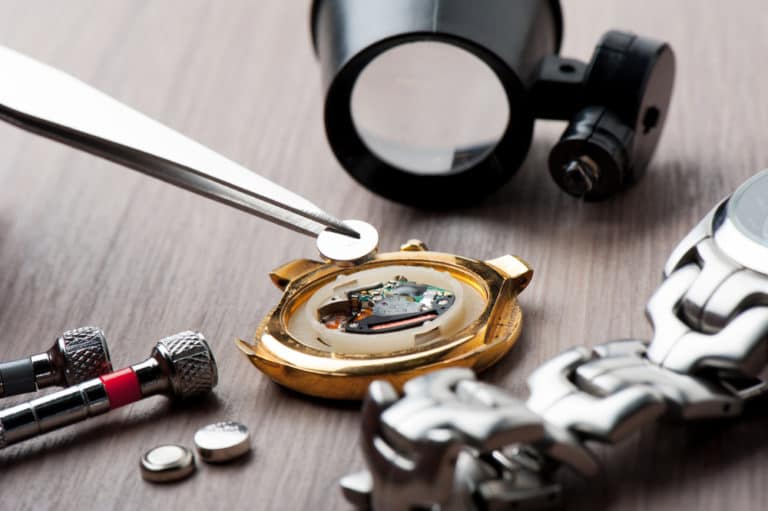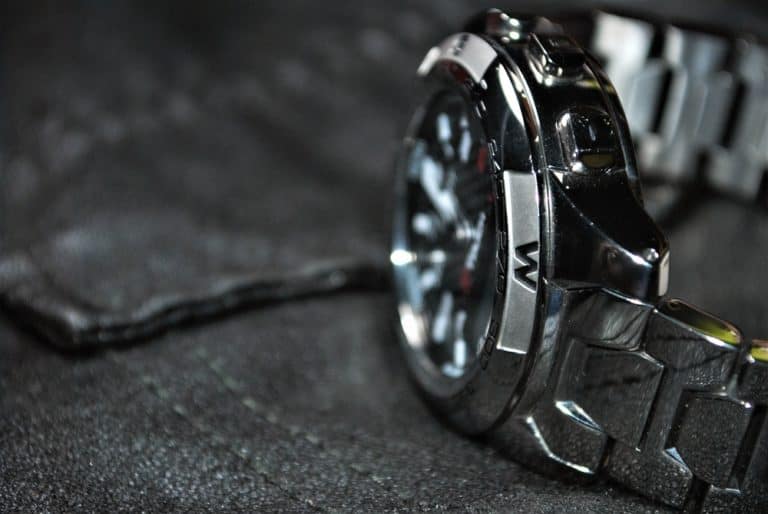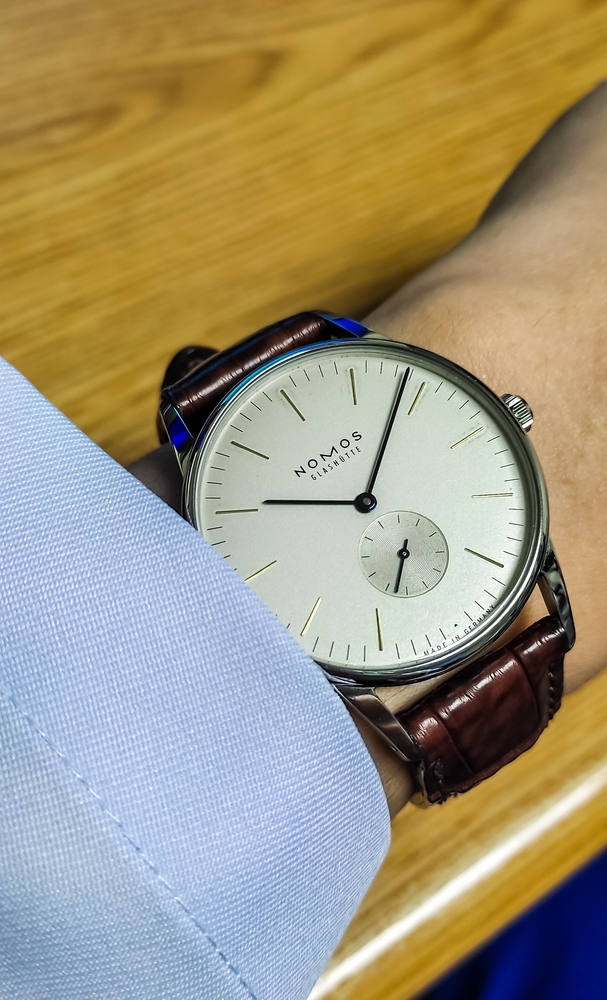Wearing your watch upside down or inside the wrist, as it’s also known, may seem foreign and strange at first, but for some people like police and military personnel, that is the standard way to wear a watch.
Police wear watches upside down as they are easier and faster to read, especially in pressure situations; they are easier to remove quickly if needed. It is more comfortable to wear with gloves and heaving clothing and prevents reflection in combat situations.
There are some definite advantages to police wearing their watches upside down, so let’s look at those reasons and others that might make you think about wearing your watch upside down too!
Police Wear Their Watches Upside Down Because They Are Easier To Read
Believe it or not, it is quicker and easier to read the time when your watch is upside down, and the police know this. It takes a micro-second to turn your wrist slightly to show the watch face
Because they are often in situations where they need to note the time quickly, wearing their watch upside down allows them to see the time far quicker than if they were wearing it the right way up.
Police Wear Their Watches Upside Down For Tactical Reasons
In combat situations where every second counts, many police officers that receive weapons and combat training will switch the orientation of their watch to upside-down afterward.
This is because military and para-military operatives wear their watches upside down as it is easier to fire your primary weapon-usually an assault rifle and see the time with your watch upside down.
Turning your wrist over when trying to check the time holding a long gun is impractical and would mean taking your sights off-target if you needed a time-check.
This aspect is essential from a tactical perspective as if you are looking to coordinate strike teams to execute at a specific time, you need to have your weapon ready to go and not move on and off-target as you check the time.
Another reason for wearing the watch upside down is that police sniper or tactical members often need to communicate the time to their operations officer. This is far easier to do with the watch upside down as you can still maintain your weapon in a tactical position while relaying time information.
The Upside Down Watch Is Non-Reflective
Another vital consideration for police when wearing a watch upside down is that it doesn’t reflect. In a crime situation where they must be undetected, having the sun or a light reflect off your watch could give your position away.
While watches may have illuminated displays or dials, these are not visible at a distance and certainly would not betray your position. Still, the sun or a floodlight that reflects and glints off your watch face certainly would, so the watch being worn upside down will keep your location in the dark.
Police Wear Their Watches Upside Down To Remove Them Faster
If you have ever struggled with getting your watch off in a hurry, you will know how difficult it can be to remove it with the strap buckle underneath the wrist.
By wearing the watch upside down, police officers can easily and quickly remove it if required and could still keep a weapon aimed at the target at the same time.
Police Wear Their Watches Upside Down As It Is More Difficult To Steal
While stealing a watch from a police officer may not seem wise, many police officers have expensive watches, which are targets for criminals. Having the watch body on the underside of the wrist rather than on top makes it more challenging to get a grip and snatch it off, especially in a grab-and-run incident.
It is also more challenging to pull the watch off if the officer grapples with a suspect and the watch strap is less likely to break under pressure if worn upside down. Because the watch body would be more difficult to grab onto, it would also be less likely that a suspect could hold the officer by the watch during a struggle.
Police Wear Watches Upside Down To Protect The Watch Face & Screen
Wearing your watch upside down means that the screen or watch face is less likely to be scratched during regular operation. With the watch facing upwards on the wrist, bumping into objects will scrape or even break the watch’s face or screen.
If you think about it, when you usually walk, the underside of your wrist faces into your body, so logically, wearing your watch upside down points the screen in the same way.
There is also a tactical element to this as if your watch is worn upside down; if you don’t want to be heard, the watch won’t make a noise if you bump into something, as only the strap will make contact, and this won’t reveal your position.
Police Wear Their Watches Upside Down To Make Medical Procedures Easier
In some situations, police may be called to administer first aid or medical assistance like checking a pulse. Being able to track the pulse in relation to seconds is critical, so police need to be able to see the time while having their fingers on the person’s pulse.
If the watch is worn the right way up, it is more challenging to take a pulse or monitor blood pressure as it is inconvenient and impractical to keep flicking the wrist.
Police Wear Their Watches Upside Down With Gloves and Heavy Clothing
If you have ever worn heavy clothing and gloves in cold conditions, you will know that it’s very inconvenient to have your watch the right way up as you then need to try and shift the clothing layers away to see the time.
In the cold, it is far easier to check the time or any other information on the watch display by having your watch upside down, and it works better for police in those conditions to wear the watch in that position.
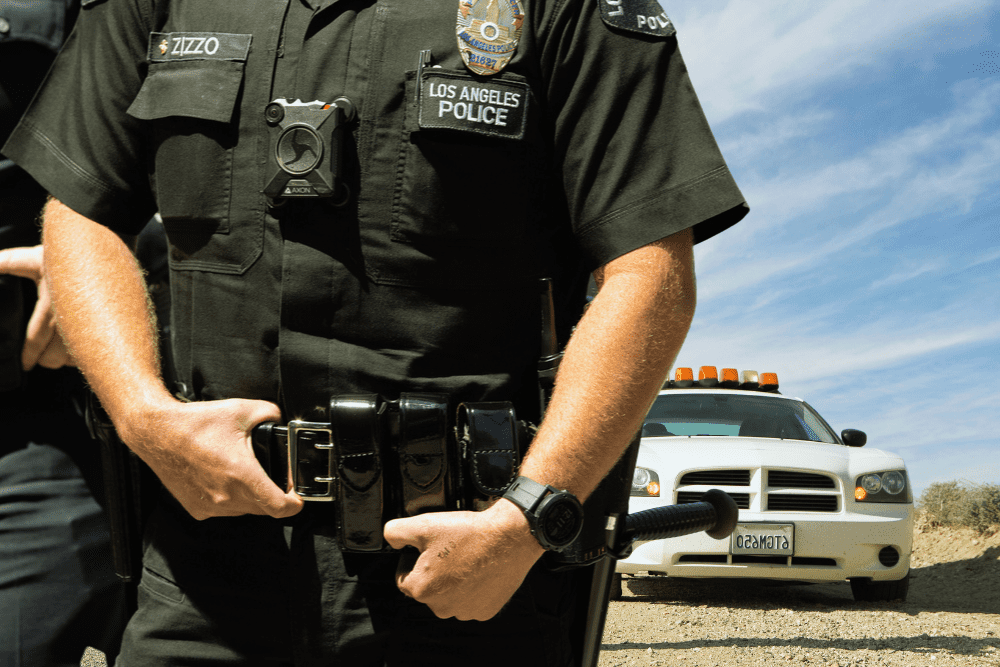
Conclusion
Police wear their watches upside down for tactical and practical reasons, and although it can be a little uncomfortable at first, it’s far more useful for them to have the watch in this position while on active duty.
If you have always worn your watch the right way up, perhaps it’s time to give wearing your watch upside down a shot and, who knows, you may find it a better fit and quicker to access your screen than before!

